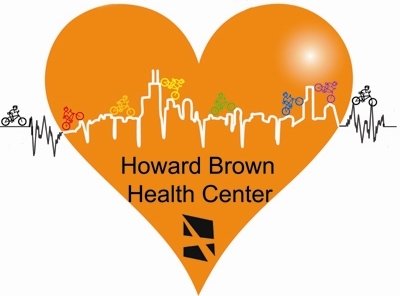As seen on AIDSBeacon.com
Results from a recent study suggest that stimulation of immune cells that specifically target HIV is necessary to eradicate latent HIV. The results also suggest that simply activating latent HIV is not sufficient to eliminate the virus from the body.
Based on the results, the researchers suggested that boosting immune responses through vaccination, followed by reactivation of latent HIV, may be an effective strategy for eradicating HIV.
Latent HIV is HIV that is not actively replicating. Since antiretroviral drugs usually work by blocking replication, they do not work on latent HIV. Many researchers believe that activating latent HIV is the key to curing HIV infection; once HIV is activated and begins replicating, scientists hope it will become susceptible to elimination.
To date, efforts to cure HIV have focused on reactivating latent HIV virus without activating immune cells. Several drugs have been shown to reactivate latent HIV virus in laboratory studies, including valproic acid (Depakote), Zolinza (vorinostat) (see related AIDS Beacon news), and disulfiram (Antabuse) (see related AIDS Beacon news).
According to the study investigators, a critical issue that has not yet been resolved is the fate of infected cells after the virus is reactivated. It is believed that the infected cells die after the virus is reactivated, either as a result of viral replication, or immune system responses, or both.
However, the investigators noted that it has not yet been determined whether cells infected with latent HIV are eliminated following reactivation of the virus.
In this laboratory-based study, researchers used Zolinza to reactivate latent HIV in CD4 (white blood) cells, then monitored whether the cells died. They also tested the effects on infected CD4 cells of stimulating a type of immune cell called cytolytic T lymphocytes, which are responsible for killing infected cells.
The study included 14 HIV-positive adults on highly active antiretroviral therapy (HAART). The investigators treated cells taken from the study participants with Zolinza for six days. They then measured the number of HIV-infected CD4 cells that survived.
Results showed that despite successful reactivation of latent HIV, infected CD4 cells were not eliminated. Infected cells were detected in 100 percent of samples treated with Zolinza, in similar amounts to those detected in samples not treated with Zolinza.
According to the researchers, this result suggests that reactivation of latent HIV virus alone is not sufficient to eliminate the latent HIV reservoir in CD4 cells.
The researchers then examined the ability of participants’ cytolytic T lymphocytes to kill infected CD4 cells.
Results showed that only 12 percent of study participants on HAART had cytolytic T lymphocytes that killed CD4 cells infected with latent HIV. The researchers suggested that the weak cytolytic T lymphocyte responses in these patients could be the result of too few HIV-specific cytolytic T lymphocytes or due to reduced function of these cells.
However, when researchers stimulated cytolytic T lymphocytes with HIV proteins for six days prior to reactivating latent HIV, the clearance of infected CD4 cells increased significantly.
In participants for whom almost no cytolytic T lymphocyte activity was observed without stimulation, the average time to halve the number of CD4 cells infected with latent HIV was reduced from 34 days to less than four days when cytolytic T lymphocytes were stimulated.
For more information, please see the study in the journal Immunity









